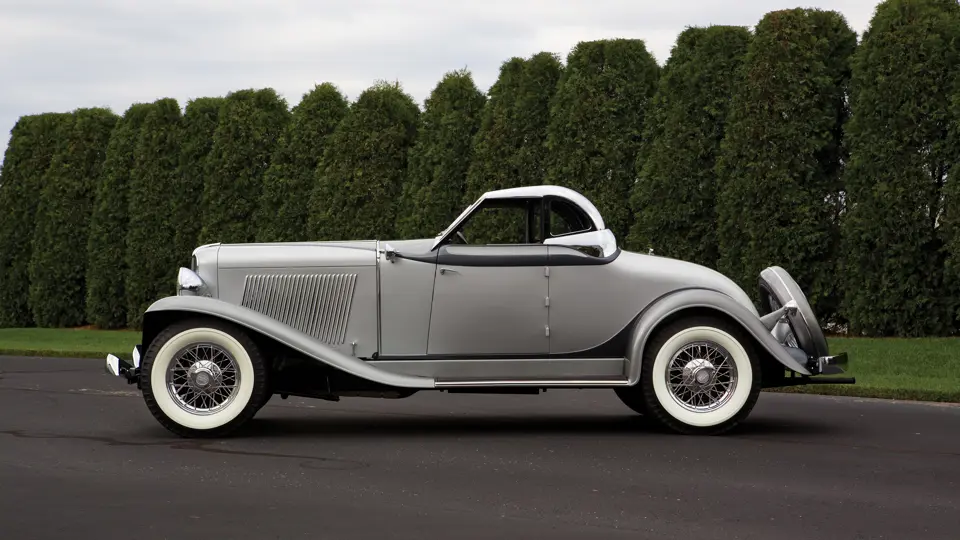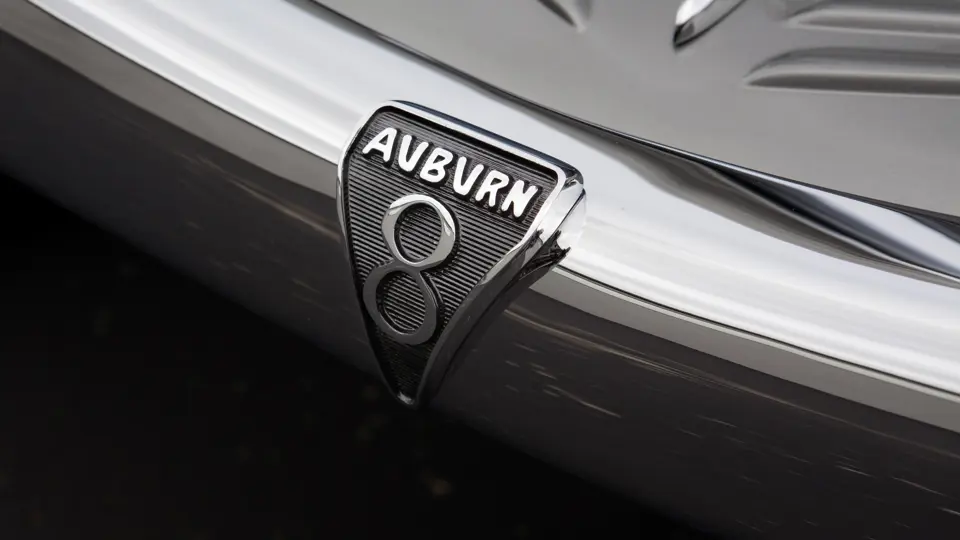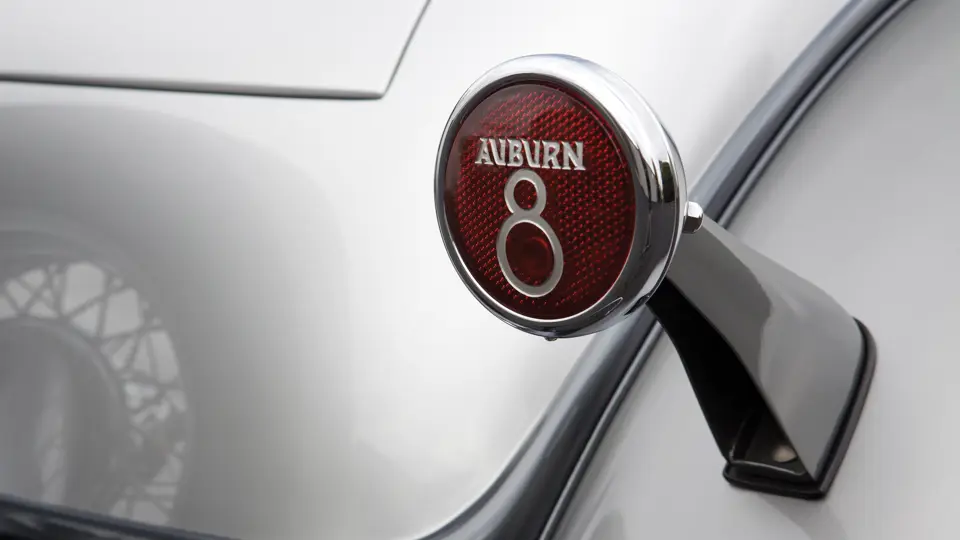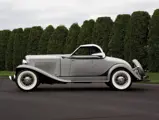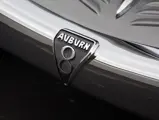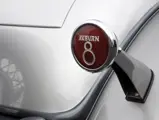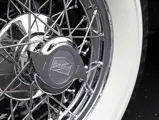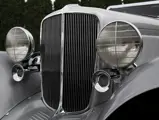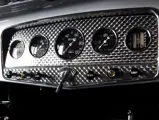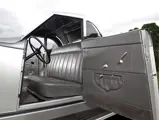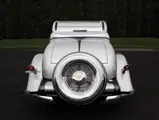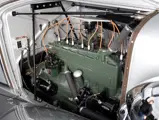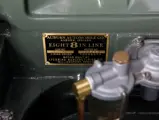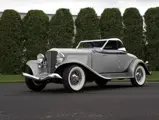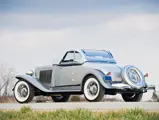98 bhp, 268.6 cu in. L-head inline eight-cylinder engine, three-speed manual transmission with Columbia dual-ratio rear axle, solid and live rear axles with semi-elliptic leaf springs, and four-wheel vacuum-assisted hydraulic brakes. Wheelbase: 127 in.
• A 1930s retractable hardtop conversion prototype by Conrad Jobst
• Based upon the desirable Auburn eight-cylinder salon chassis
• A fascinating example of American design and ingenuity
Conrad Jobst was creative, and where others saw questions, he often saw answers. That was true at the bathroom sink, and it was true in the garage.
Born in Germany, Jobst immigrated to the United States in 1911. His fertile mind caused him to rise through the invention ranks rather quickly, and he developed patented processes for manufacturing brushes and injection molding equipment. In 1921, he combined his talents with the establishment of the Toledo Automatic Brush Machine Company in his adopted Ohio hometown. The new firm produced a great leap forward in dental hygiene: the first affordable mass-produced toothbrush built using machinery that Jobst had designed.
Jobst went on to develop pressurized support stockings for the relief of varicose veins, from which he, himself, suffered. This much-needed medical advance became his lasting legacy, in the form of the Jobst Compression Institute, which still manufactures custom-fitted pressurized stockings today, as well as in the Jobst Vascular Institute in Toledo.
Life was not all serious for the creative Conrad Jobst, however. Typical of those who dream up machines all day, he was fascinated by the technology of others, and so, he became a car guy. His stable of cars leaned towards the products of the Cord Corporation, and in his lifetime, Jobst owned an Auburn, a Cord 812 Cabriolet, and a Duesenberg Model J.
It is the Auburn that was the fullest automotive expression of Jobst’s inventive mind, and it is that car which is offered here today.
Around 1935, Jobst developed an idea for a hardtop convertible that could also be opened up on sunny days. He acquired this second-hand 1933 Auburn 8-105 Salon Cabriolet and had his top crafted and installed on the car. The identity of the coachbuilder who performed the modifications has been lost to history, although it is interesting to note that the rear quarter windows are virtually identical to those of the 1935–1936 Auburn Coupes, which is highly suggestive of the top’s manufacture. Sketches made from the Jobst Auburn were included in the patent application for the top, filed with the U.S. Patent Office on August 6, 1940.
The top is composed of three sections: a rolling center section, a hinged rear section, and an arm above the door on each side of the car. The center section is built much like the door of a roll-top desk. Tugging a ratcheted handle above the driver’s head causes the top to move back, inch by inch, until it is completely hidden in the top well behind the seat. The hinged rear section is then swiveled backward into the well, using the arm on each side to guide it. The arms are then unscrewed, removed, and hidden away in padded compartments, at which point the owner is ready for open-top motoring.
For whatever reason, Jobst had the entire top assembly on his Auburn chromed and polished, which must have caught the attention of quite a few passersby during the inventor’s daily commutes to and from work on the streets of Toledo.
That Jobst had the top patented indicates that he may have intended to mass-produce the design, but if he ever offered it to a manufacturer, they never bit. It would be Ford that would introduce the retractable hardtop to the American market in 1957, ironically the same year of Conrad Jobst’s passing.
His Auburn is known to have remained in the family at least until 1950. It eventually made its way into the hands of Ken Jones, of Michigan, in May 1962, and Jones preserved the car for many years, its existence known only to a handful of Auburn historians and experts. It is believed that by the time Jones acquired the Auburn, it was already fitted with the 1931 Auburn engine that is still installed today.
The car was acquired from James King, of Massachusetts, in 2005, by an enthusiast who elected to have it completely restored by the craftsmen of RM Restoration. Restoration specialist Don McLellan recalls that the car had undergone some minor repair work over the years, but it was otherwise quite complete, including the major components of the top. The top proved quite a feat to restore, but once it was put together, it operated just as Jobst intended, a testament to his design skill.
Following restoration, the car was displayed at the Meadow Brook Concours and the Glenmoor Gathering, attracting, needless to say, a great deal of attention. It has recently passed into the hands of a noted collector who has continued to care for the car exceptionally well, with routine service and a road test every three months, and as a result, it is still spectacular and ready for the show field.
Conrad Jobst’s inventions have improved the health of millions. His most memorable product, nonetheless, may be his one-off chrome-capped Auburn, which survives to speak just as tellingly of his creative genius.

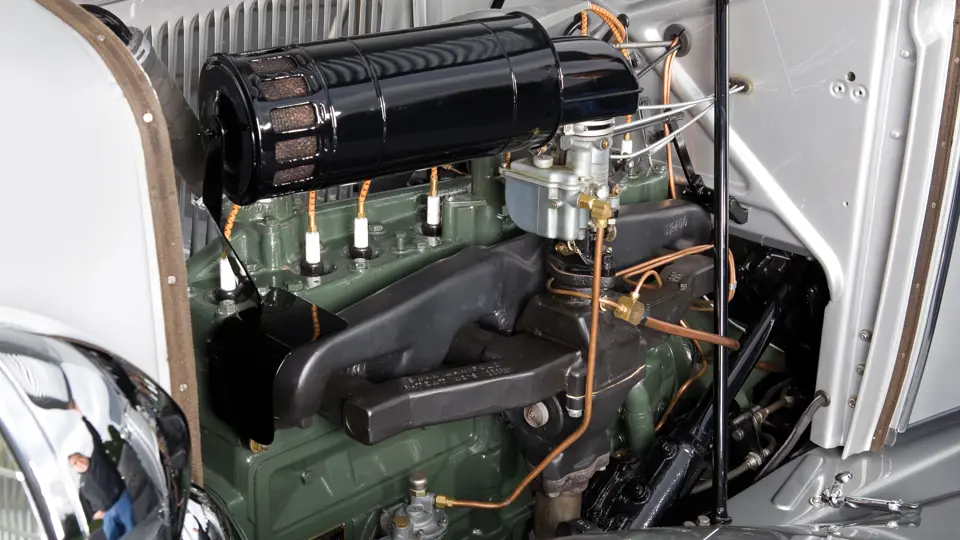
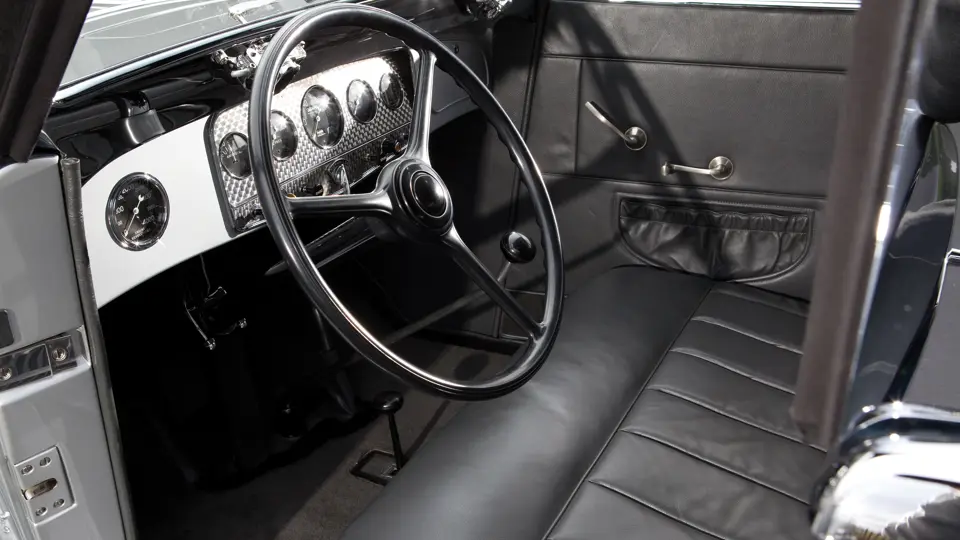

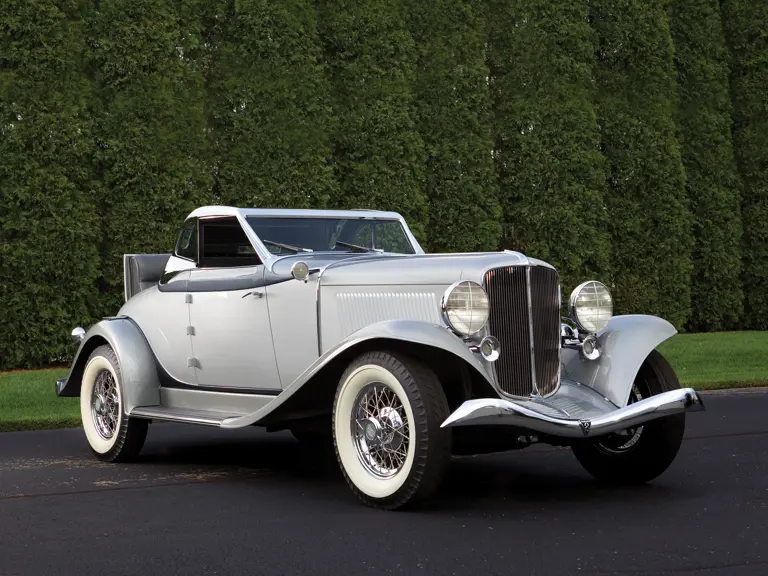
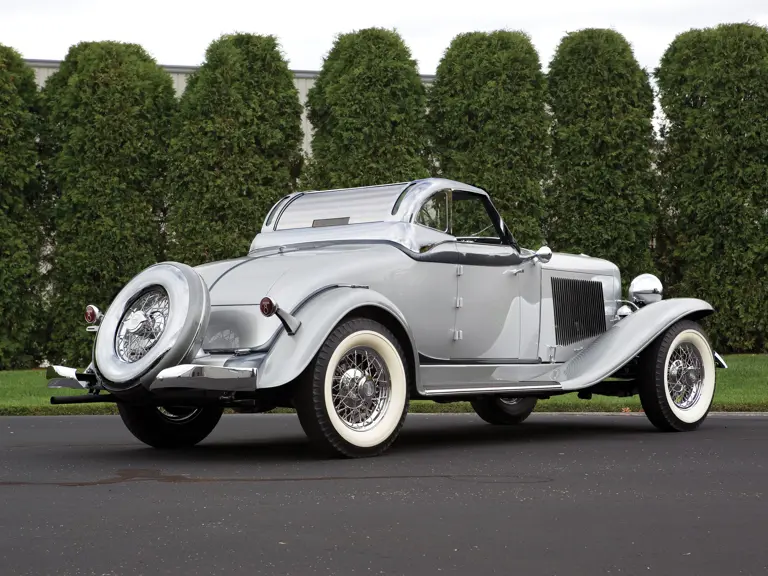
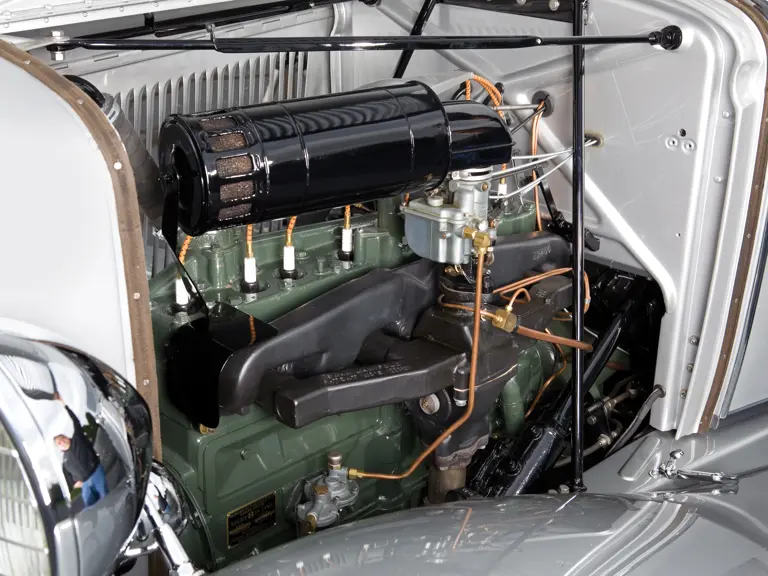
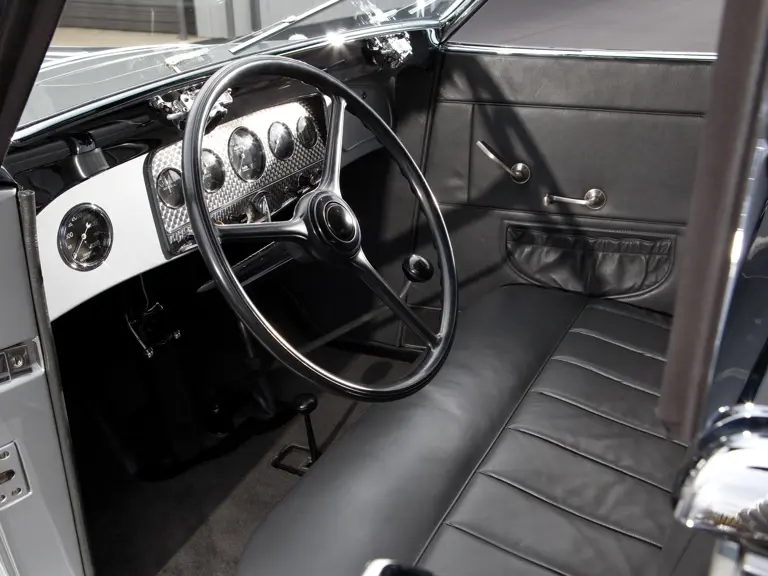
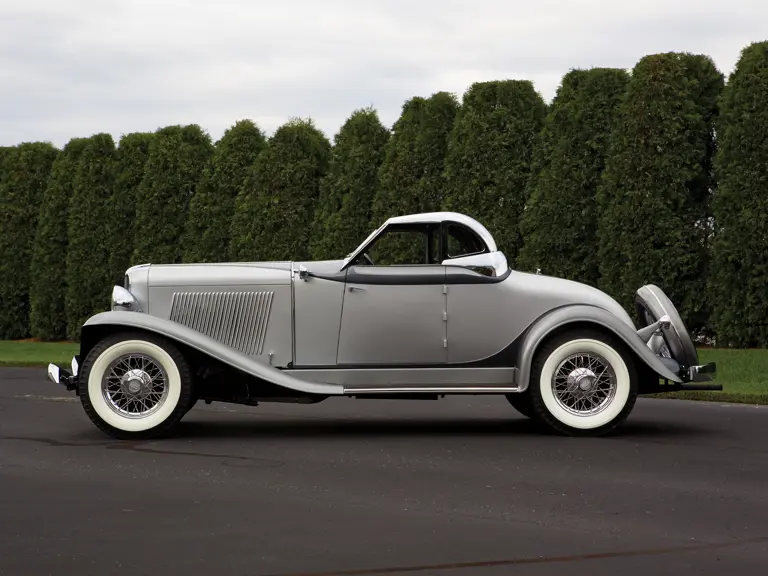
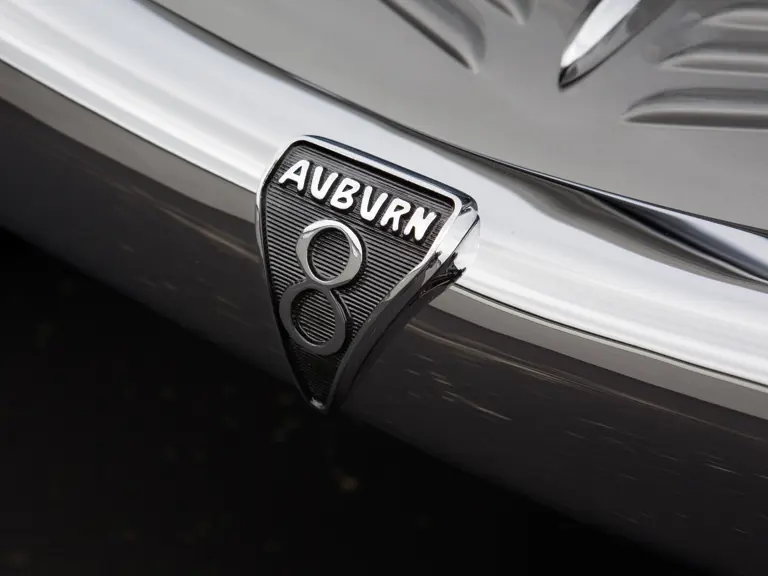
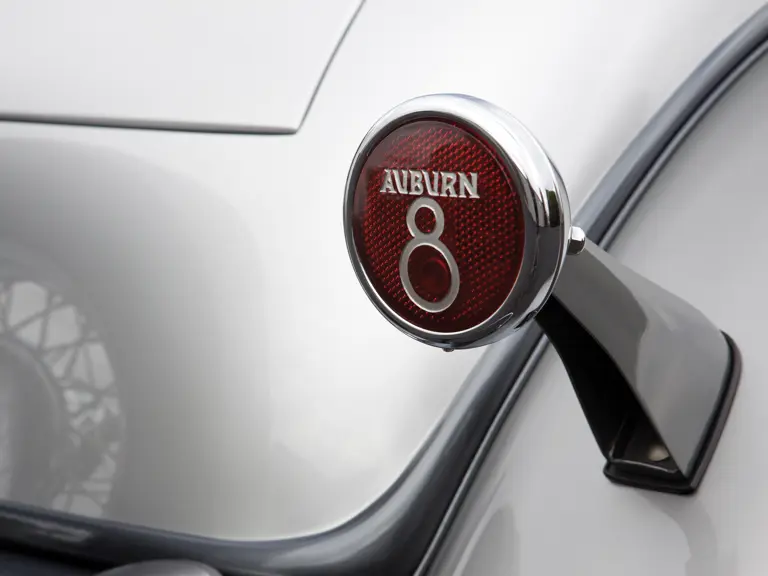
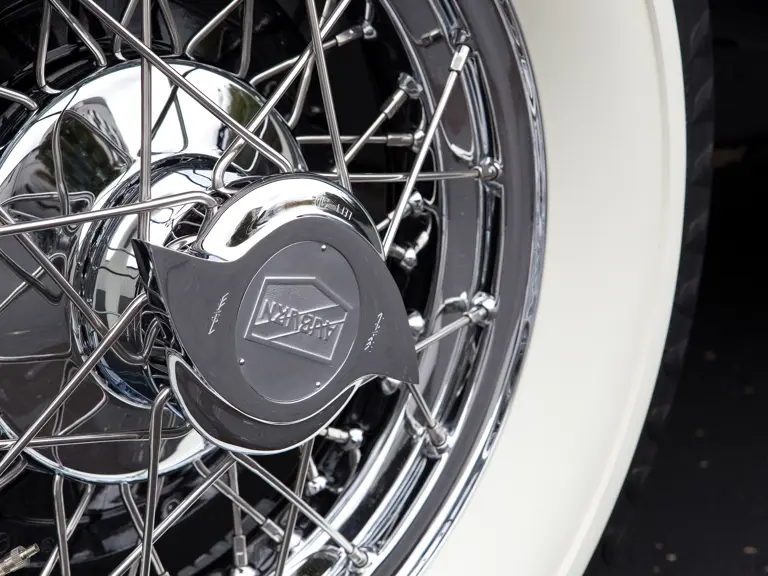
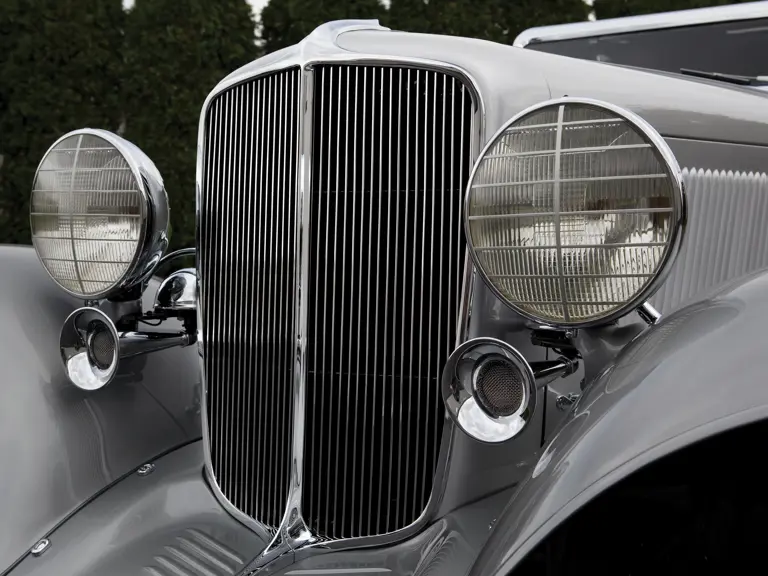
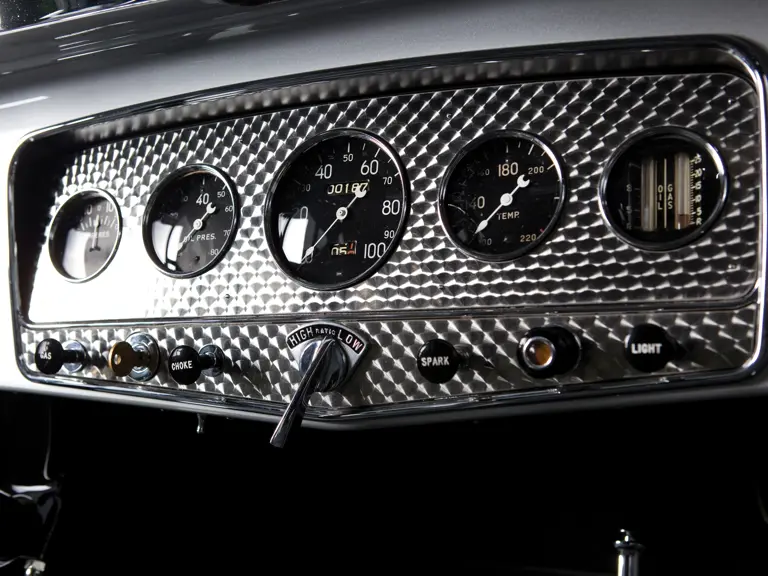

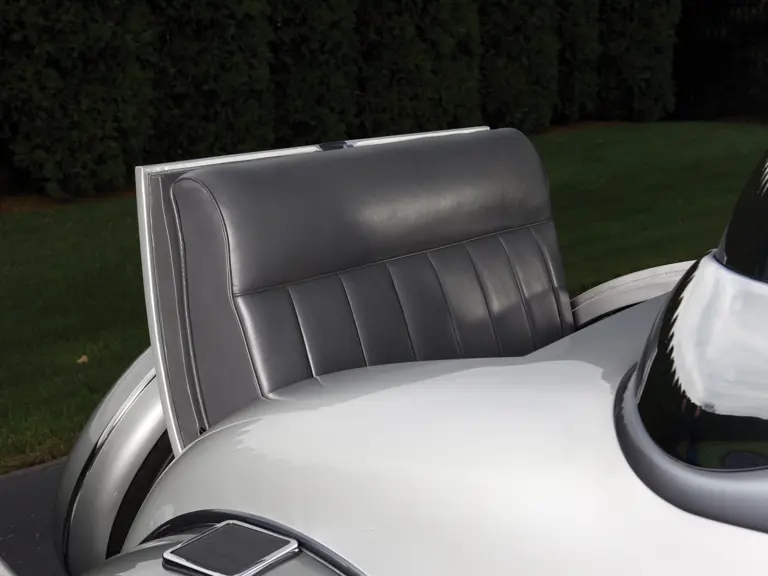

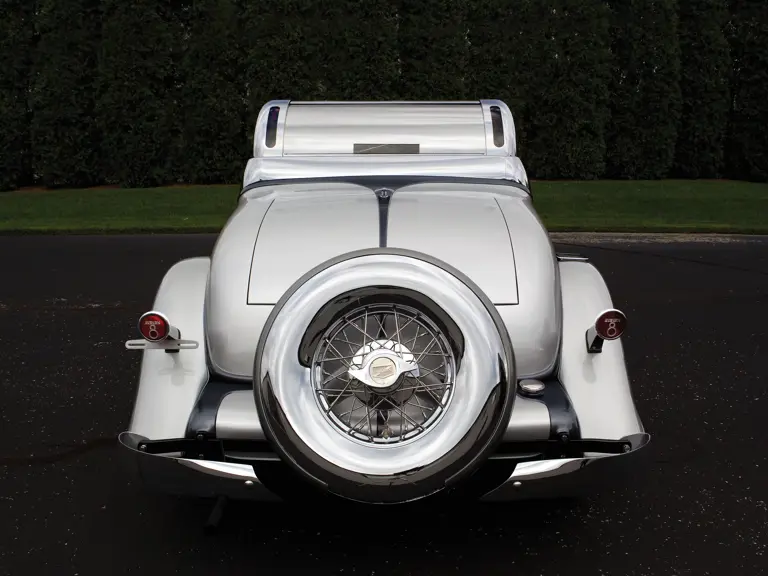
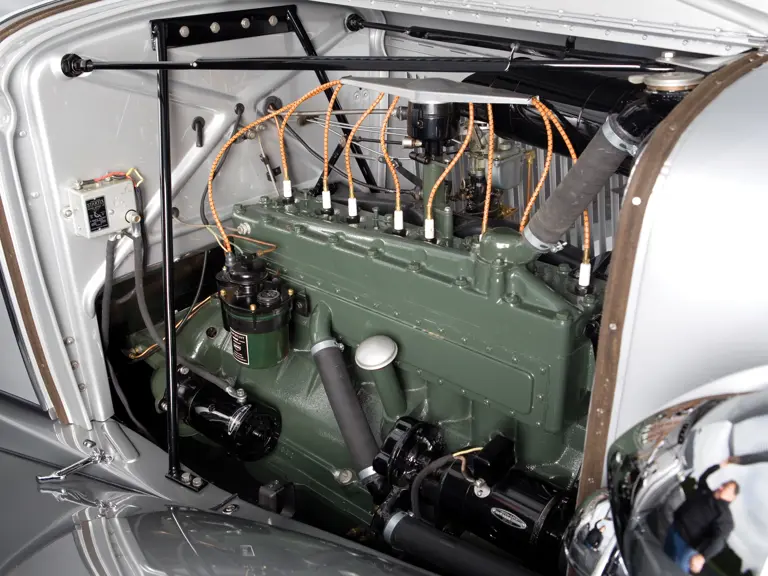
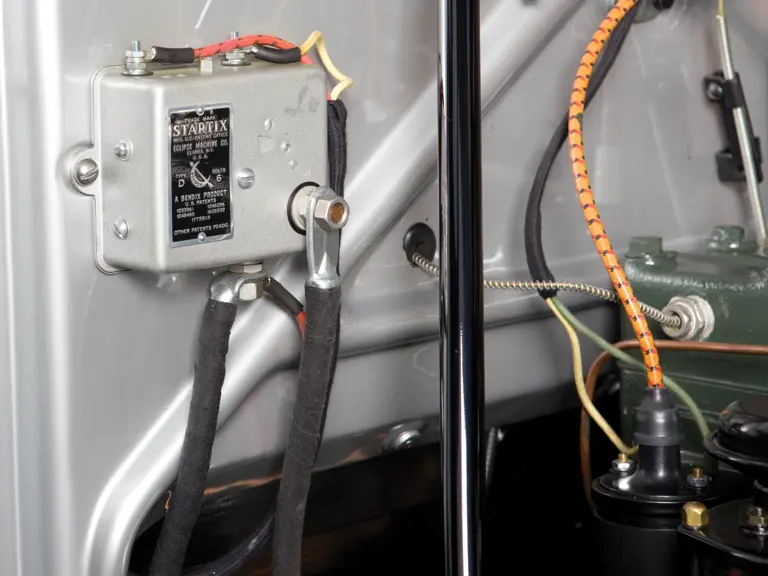
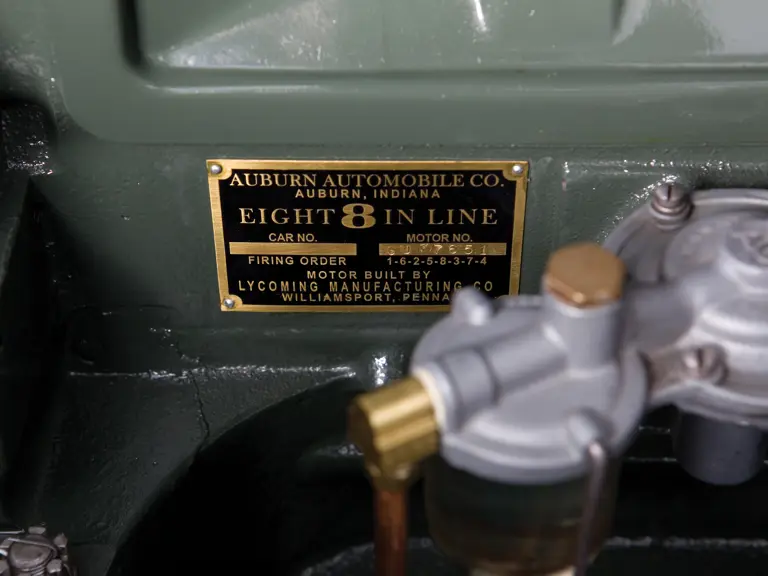
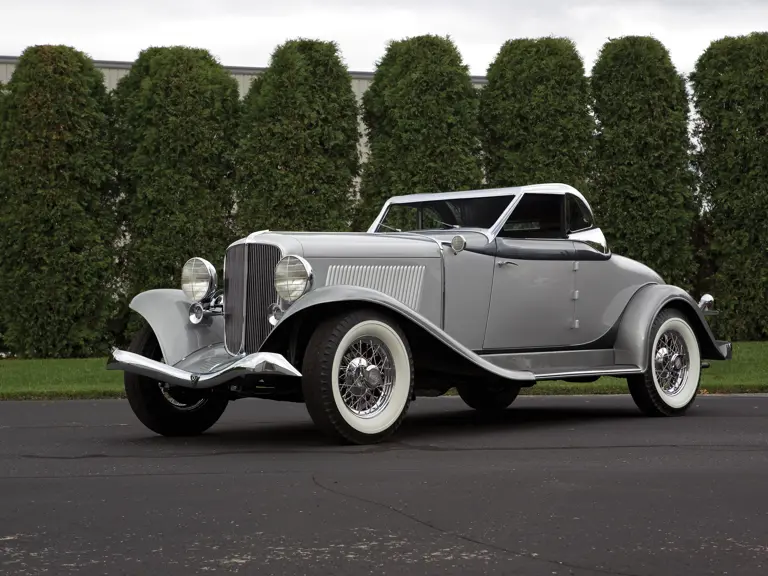

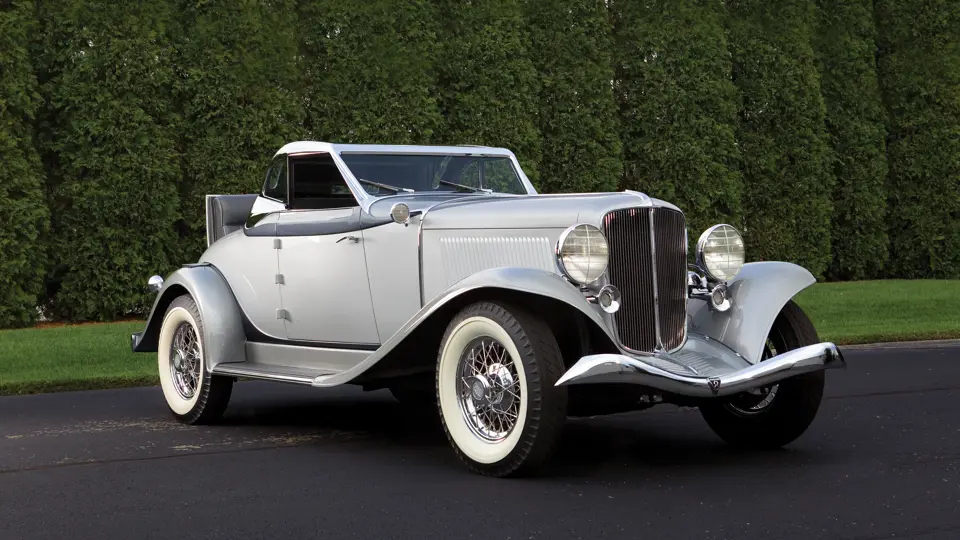
 | Phoenix, Arizona
| Phoenix, Arizona
